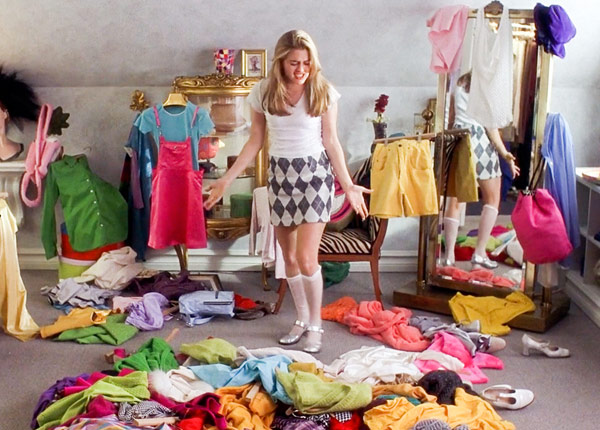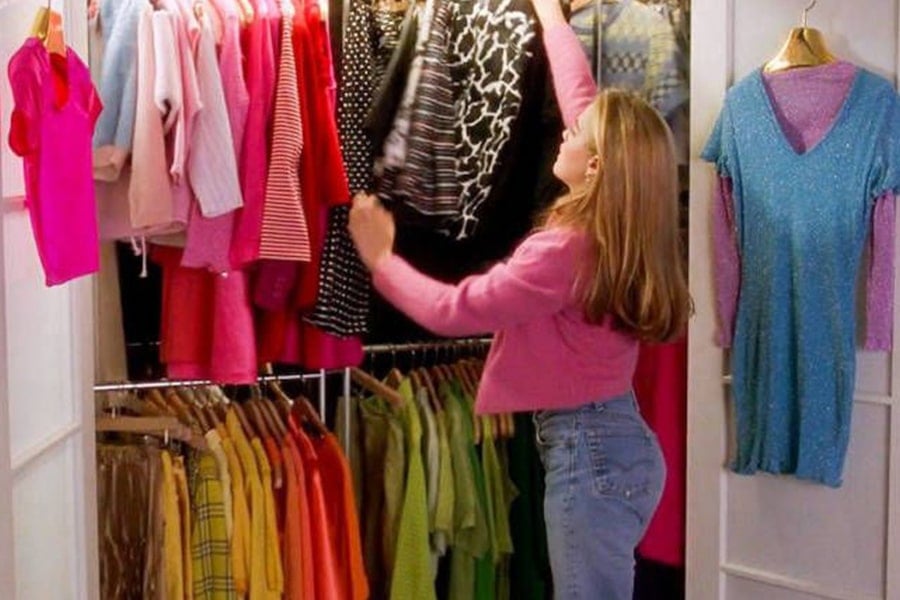
Australia is the second largest consumer of clothing in the world. Each person on average purchases 27 kilos of clothing and throws away 23kgs of that number each year. This adds up to a stark 800 million kgs of clothing that inevitably ends up in landfill - most of it still with plenty of life left. What is most concerning about this is that two thirds of what is thrown away consists of synthetic and manmade materials that can take over 100 years to break down if they end up in landfill - which they tend to. The environmental impact is extremely significant. During this breakdown process, the microfibres and particles emitted contaminate our soil, water and ecosystems.
As we know, fashion becomes unsustainable when we consume our natural resources at a rate that is faster than it takes to replenish these sources (this principle applies to labour too). There are a few different approaches that can make fashion more sustainable and our focus at SCRgroup is to foster a circular economy where clothing is re-used, re-homed and recycled. The circular economy minimises clothing and textile waste while circulating clothing fit for reuse in order to maximise all the resources invested into making those garments. Now with spring well and truly here, many of us are clearing out our wardrobes in the spirit of a seasonal reset.
With this approach in mind, here are some questions to consider when spring cleaning your wardrobe.

Image credit: Pinterest
Who might like this?
We all have clothes in our wardrobe that we don’t love anymore, but before you throw something out in the name of spring cleaning, consider if someone else you know might like it (it's an easy but effective sustainable measure). Oftentimes someone has been eyeing off our clothes and would love to have those unwanted pieces, which is a great way to keep them out of landfill. You can organise a fun night in with your friends (including a virtual one) where you each bring clothes you want to swap or giveaway.
Can I sell it?
Your trash could be someone else’s treasure. If you want to make some cash and find a new home for your unwanted things, there are many different ways you can sell your unwanted clothes and make some extra cash, from online marketplaces like Vestiaire and Depop to your local flea markets.
Can I fix it?
If you’re considering throwing something out because it’s in need of repair, make your mum or dad proud and ask yourself if you can fix it. Many clothes and household items get thrown away when they can actually be mended and there are some great YouTube tutorials on how to do many small fix-it jobs yourself. Mending something often brings out a greater sense of satisfaction, but if you’re not savvy with a sewing kit then consider dropping clothes off to an alterations store or getting a repairman to help. It will usually cost less to get something fixed than completely replaced.
How can I dispose of this thoughtfully?
If you truly don’t want to see something that you own ever again, it’s time to think about how and where you’re going to dispose of the item. First consider if you can up-cycle things into something that you do like. If not, SCRgroup will help you give your unwanted clothes and household items a new home. With over 1600 collection hubs around Australia, donated items are sent to local and international communities that need them the most. Where pieces can’t be re-homed, clothing is turned into rags or converted into biofuel.<
Now that you've considered sustainable spring cleaning, here are ten of our favourite natural cleaning brands that are gentler on the earth but no less effective on general household mess.
Image credit: Pinterest



